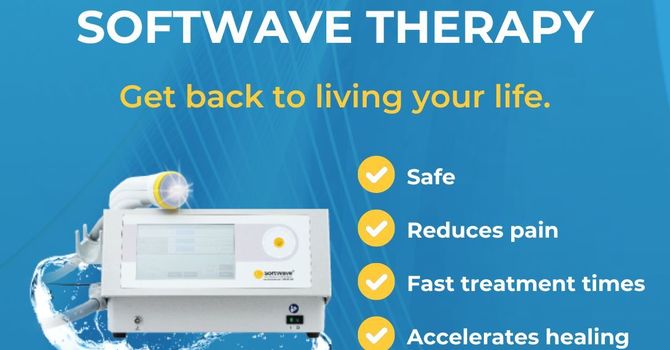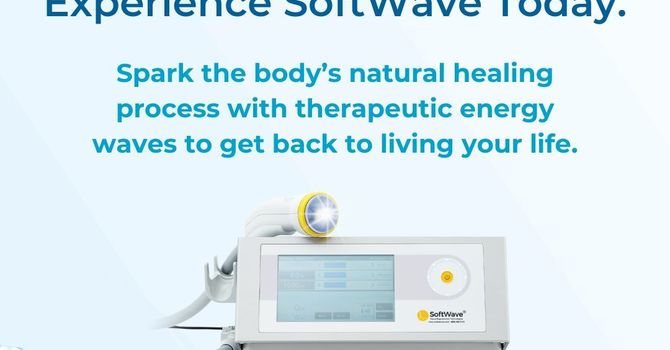Natural Relief for Carpal Tunnel at Enhanced Chiropractic Relief
At Enhanced Chiropractic Relief, we understand how much Carpal Tunnel syndrome can impair your daily life—making it hard to type, hold objects, or even sleep comfortably. When pressure builds on the median nerve inside the wrist, it triggers symptoms like tingling, numbness, pain, and weakness. Our mission is to deliver focused, noninvasive care that alleviates your discomfort while restoring optimal function to your hand and wrist.
What Is Carpal Tunnel Syndrome?
Carpal Tunnel Syndrome (CTS) happens when the median nerve becomes compressed or irritated in the tight space of the wrist’s carpal tunnel. That nerve compression interferes with its ability to send signals properly and often results in:
- Numbness or tingling in the thumb, index, middle, or part of the ring finger
- Weakness or difficulty gripping and holding objects
- Pain that may radiate from the wrist into the forearm
- Impaired fine motor tasks (buttoning, typing, handling small items)
Factors that often contribute include repetitive wrist motions (such as computer work or manual labor), prior wrist trauma, inflammation, fluid retention, anatomical variation, systemic health issues (diabetes, thyroid, arthritis), and posture or spinal dysfunction. Left unaddressed, prolonged nerve stress can lead to lasting nerve or muscle damage.
Our Holistic Approach at Enhanced Chiropractic Relief
At our clinic, we offer a multi-modal treatment strategy designed to relieve pressure, support nerve recovery, and prevent recurrence:
- Chiropractic adjustments & joint mobilization
Precise, gentle manipulations of the wrist, elbow, and spine help restore alignment and reduce mechanical stress on the median nerve.
- Soft tissue and myofascial therapy
Techniques such as myofascial release, trigger-point therapy, and instrument-assisted soft tissue work target tight muscles, fascia, and connective tissue in the forearm, wrist, and hand.
- Nerve gliding & rehabilitative exercises
We teach you specific nerve-gliding maneuvers, stretches, and strength-building exercises to improve nerve mobility, reduce entrapment, and stabilize supporting structures.
- Dry needling or acupuncture (as needed)
These modalities may be incorporated to boost circulation, calm inflammation, and support nerve and soft tissue healing in the affected area.
- Ergonomic & lifestyle guidance
We assess your workstation, hand usage, posture, and movement habits, then recommend practical adjustments and habits to minimize wrist strain going forward.
What to Expect During Care
- Comprehensive evaluation — We begin with a detailed history, orthopedic and neurological examination, and movement analysis to uncover underlying issues.
- Individualized treatment plan — Based on the evaluation, we design a protocol combining the therapies above in phases that suit your condition and recovery goals.
- Progress monitoring & adjustment — At each visit, we track changes in symptoms, grip strength, nerve function, and mobility, refining your care plan accordingly.
- Gradual tapering & home program — As you improve, in-clinic visits become less frequent while you continue healing through prescribed home exercises and self-care.
- Preventive maintenance & follow-up — Periodic check-ins and ergonomic reassessments help preserve your wrist health and reduce the chance of recurrence.
Why Choose Enhanced Chiropractic Relief?
- Noninvasive & drug-free — We avoid reliance on surgery, injections, or heavy medications
- Root-cause approach — We aim not only to quell symptoms but to address the biomechanical and tissue factors behind them
- Holistic & integrative care — We consider your wrist in relation to your spine, posture, movement patterns, and total body wellness
- Patient education & empowerment — You’ll gain tools and understanding to maintain your wrist health and prevent flares
When Advanced Intervention Might Be Necessary
In especially severe or long-standing cases, surgical decompression may sometimes be a necessary option. However, many patients at our clinic achieve meaningful improvements through conservative, integrative approaches—often avoiding surgery entirely.

Jacob Lilley
Contact Me



